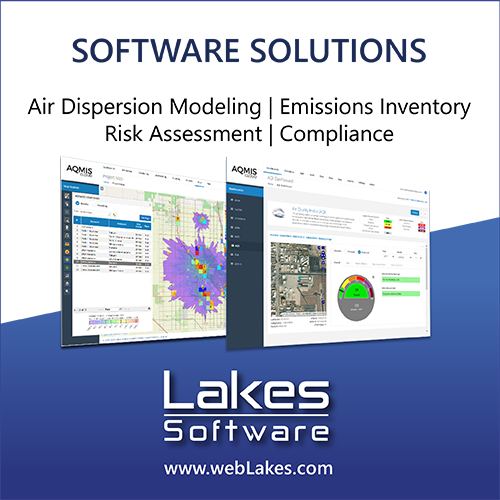The impact of vehicle parameters on road PM10 vehicle resuspended emissions: A case in South African low-income settlement
DOI:
https://doi.org/10.17159/caj/2023/33/2.15497Keywords:
Vehicle dust emission, Paved road, PM10, unpaved roadAbstract
About 70% of the roads in low-income settlements are unpaved and close (≤15m) to residents, thus a major source of ambient
and indoor PM10 concentrations. International studies have suggested that decreasing vehicle speed and managing vehicle type on
paved or unpaved roads can reduce vehicle dust emissions. These mitigation strategies should be examined before being adopted
and gazetted into South African air quality management plans. This study aimed to characterise roads and traffic, emphasising
determining the impact of vehicle type on PM10 emissions. GIS was used to determine the proportion of paved and unpaved roads. A
traffic counter was used to monitor vehicles and to determine traffic composition, diurnal cycles, and average speed per road type.
Field campaigns (summer; 6 days; 15 hrs per day) were carried out in Bokamoso to monitor PM10 concentration using
a TSI DustTrak DRX® real-time optical aerosol counter. The Box Model method quantifies vehicle PM10 emission factors for heavy-duty, medium-duty, and motor vehicles. About 0.88 km of road within Bokamoso is paved with a daily traffic volume of >2000, and 3.6 km is unpaved with >250 daily traffic volume. Paved road heavy-duty vehicle non-exhaust PM10 emissions reported a positive medium to strong coefficient of determination to vehicle speed increase with a coefficient of determination of 0.59. Even though there is a positive coefficient of determination between heavy-duty vehicle non-exhaust PM10 emission factors and speed on unpaved roads, it is weak (0.2) due to low and less variable vehicle speed. Motor vehicle paved and unpaved road non-exhaust emission factors showed no significant coefficient of determination with increased vehicle speed. Paved road non-exhaust emission factors were not significantly variable with vehicle type. They ranged between an average of 0.15-0.18 g/km/h, with motor vehicles reporting an average of 0.18 g/km/h while heavy-duty vehicles reported an average of 0.15 g/km/h. On the contrary, unpaved road non-exhaust traffic PM10 emissions ranged between 0.16-0.3 g/km/h. The emission factors presented may be used to model vehicle traffic emissions, improve on-road vehicle dust emissions impact assessment and as a guide when deciding on local applicable road dust mitigation strategies
Downloads
Downloads
Published
Issue
Section
License
Copyright (c) 2023 Ncobile Charity Nkosi, Stuart Piketh, Roelof Burger, Nisa Ayob, Christiaan Pauw

This work is licensed under a Creative Commons Attribution 4.0 International License.

All articles are published under a Creative Commons Attribution 4.0 International License; copyright is retained by the authors. Readers are welcome to reproduce, share and adapt the content without permission provided the source is attributed.








.png)